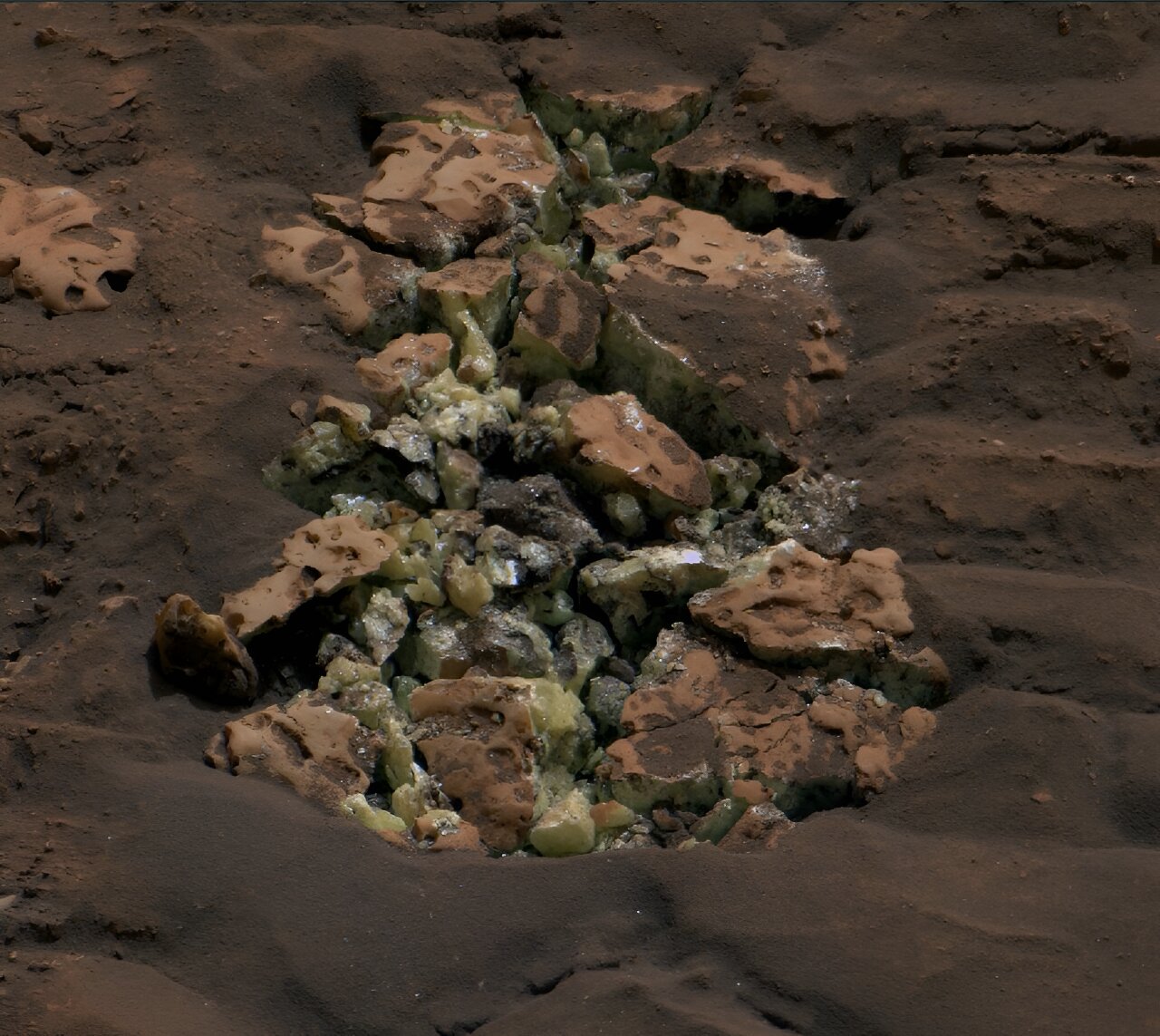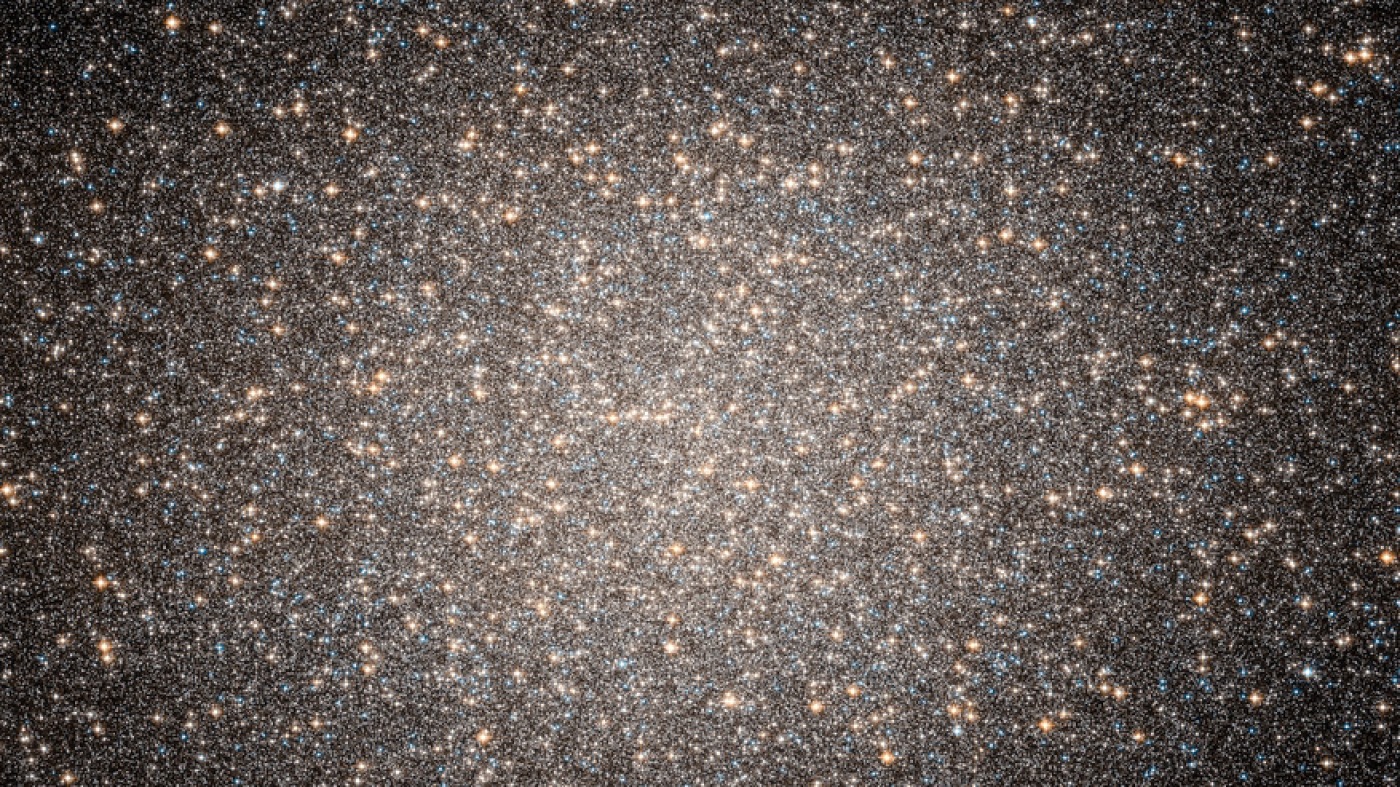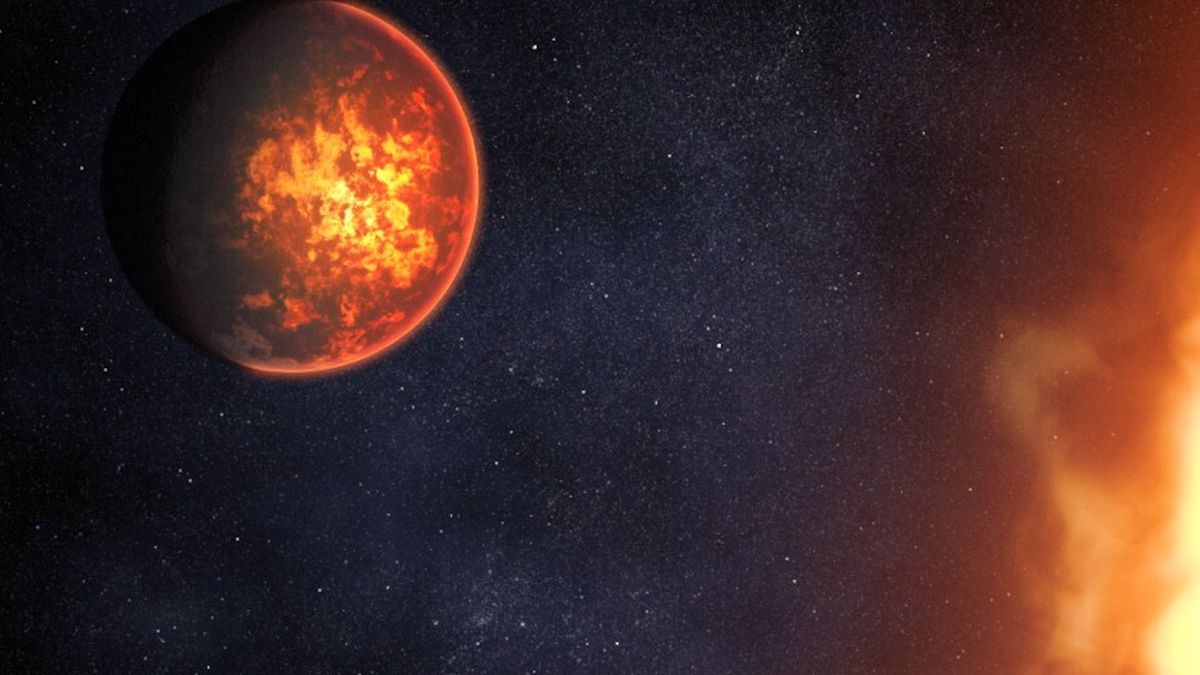Earth.com
Earth.com is a news source that covers a wide range of topics related to Earth and its natural phenomena. The site frequently reports on scientific discoveries and events, with an emphasis on accuracy and timeliness. While there are occasional instances of bias, contradiction, conflict of interest, and deceptiveness, these do not significantly impact the overall credibility of the source.
87%
The Daily's Verdict
This news site has a mixed reputation for journalistic standards. It is advisable to fact-check, scrutinize for bias, and check for conflicts of interest before relying on its reporting.
Bias
90%
Examples:
- There is a strong emphasis on presenting factual information and scientific findings without any clear indication of editorial slant.
- The source has a slight bias towards reporting on natural phenomena and scientific discoveries.
Conflicts of Interest
95%
Examples:
- Despite the frequent reporting on conflicts of interest, there is no evidence of any actual conflict of interest on the part of the source.
- There is a strong emphasis on transparency and disclosure of any potential conflicts of interest.
- The source frequently reports on potential conflicts of interest involving scientific research and discoveries.
Contradictions
85%
Examples:
- Despite these contradictions, the overall coverage of astronomical phenomena remains consistent with scientific understanding.
- There are occasional contradictions within the descriptions of these events.
- The source frequently reports on multiple astronomical events, such as meteor showers and solar flares, that occur simultaneously or in close proximity.
Deceptions
75%
Examples:
- However, these instances of deceptiveness are relatively rare and do not significantly impact the overall credibility of the source.
- There are occasional misleading statements or omissions of relevant information.
- The source occasionally uses sensational language or exaggerates claims made in scientific studies.
Recent Articles

Delta Aquarids and Alpha Capricornids Meteor Showers Peak Simultaneously on July 30th: A Breathtaking Display of Shooting Stars
Broke On: Monday, 29 July 2024
NASA's Curiosity Rover Discovers Pure Elemental Sulfur on Mars
Broke On: Thursday, 30 May 2024
Newly Discovered Intermediate-Sized Black Hole in Omega Centauri: A Rare Find and a Step Forward in Understanding Black Holes
Broke On: Wednesday, 10 July 2024
New Discoveries Reveal Early Earth's Complex Ecosystem: Last Universal Common Ancestor Interacted with Other Microbes, Challenging Previous Assumptions
Broke On: Friday, 12 July 2024
Geomagnetic Storm of June 29, 2024: Potential for Northern Lights in Unusual Regions
Broke On: Friday, 28 June 2024
Two Near-Earth Asteroids Approaching: 2024 MK and (415029) 2011 UL21 - The Importance of Asteroid Detection and Defense
Broke On: Thursday, 27 June 2024
Painted Lady Butterflies Defy Oceans: First Verified Atlantic Crossing by Insects Discovered in French Guiana
Broke On: Monday, 28 October 2013
Stonehenge's Hidden Lunar Alignment: Unveiling the Secrets of the Major Lunar Standstill in 2023
Broke On: Thursday, 20 June 2024
Powerful Solar Activity from Sunspot AR3664 Triggers Spectacular Auroras in Europe and North America
Broke On: Monday, 27 May 2024